Back in the family home in Couëron, John James
Audubon had little trouble convincing his father, Jean, and his chère maman
of the treachery of Francis da Costa. He had more problems with his love for
Lucy Bakewell. Like her father, Jean Audubon believed that, at seventeen, she
was too young for marriage and that young John James was, as yet, unable to
provide financial security for a young wife.
 |
| The Audubon family home at Coueron |
He advised his son to wait and to
gain some experience of business, turning his thoughts away from his love of the
natural world and more toward the acquisition of money. But in the spring of
1805, John spent his days ‘in the lap of luxury’ collecting specimens
from the banks of the Loire, in the company of a young local doctor, Charles
Marie d’Orbigny, who lived close by with his wife and infant son. During these
happy days, Audubon conceived his ambition to produce detailed, accurate
illustrations of birds, and took the first faltering steps to improve his
drawing skills.
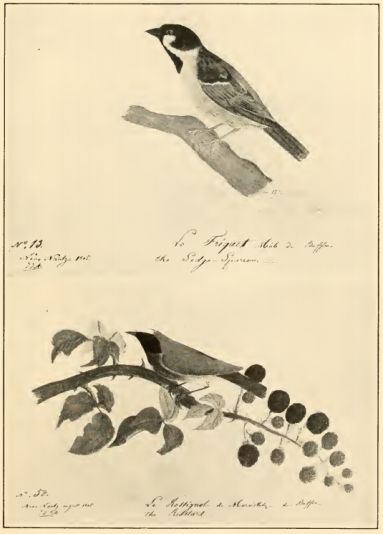 |
| Audubon - Early Drawings of Birds - 1805 |
But the outside world intervened, as the Napoleonic regime
ruling in France began to look for conscripts. John received call up papers,
underwent a ‘mockery’ of an examination and made a short cruise as a midshipman
of a man-of-war. His father intervened, acquired a passport that stated John
had been born in New Orleans, and another for the son of his business partner,
Rozier, written in Dutch (a language that Frederick Rozier could not speak),
and supplied them with business contracts in America.
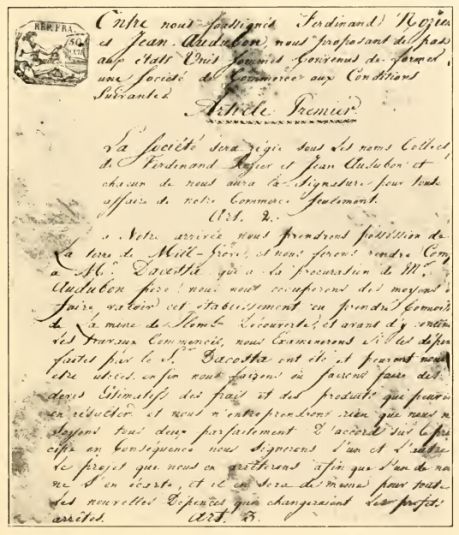 |
| Business Agreement of Audubon and Rozier |
Early in 1806, the two
young Frenchmen departed for New York; a customs official was so impressed with
the passports, he admitted that he wished he had such excellent qualifications
that would allow him to leave ‘unhappy France.’ A fortnight out of
Nantes, the Polly was pursued by a British privateer, the Rattlesnake,
shots were fired across her bows, and she was boarded. Two of the best seamen
were impressed, the livestock and provisions were stolen, as were some
valuables, although Audubon and Rozier had hidden their gold in a stocking
beneath cables on the bow, which was not found.
And then, thirty miles from
Sandy Hook, they were hailed by a fishing-smack, which warned them that two
British frigates were waiting by the harbour entrance, and were firing on
American shipping. The captain of the Polly changed course and headed
for Long Island Sound, where a gale forced her onto a sand spit, but
fortunately she floated off when high tide arrived and landed safely in New York harbour.
 |
| Mill Grove |
Audubon and
Rozier went straight to Mill Grove, where the two young Frenchmen began their
business enterprises. The lead mining interests of Mill Grove were sold, with
legal restrictions, to the untrustworthy da Costa, Rozier began work in the
French importing house of Laurence Huron in Philadelphia, Audubon took a
position in the wholesale importing business of Benjamin Bakewell, (Lucy’s
uncle), in New York city.
It has to be said that he was not a natural
businessman, he lost a substantial amount of money speculating on indigo
exports, and on one occasion he forgot to seal an envelope containing a payment
of $8,000. Rozier fared no better – a shipment of hams he sent to the West
Indies recovered only one fifth of the initial investment. Audubon’s heart was
given over to the world of nature, he spent all of his spare time out in the
countryside surrounding New York (then, a place of a mere 75,000 inhabitants),
and sent many specimens back to d’Orbigny in France, receiving French art
supplies in return.
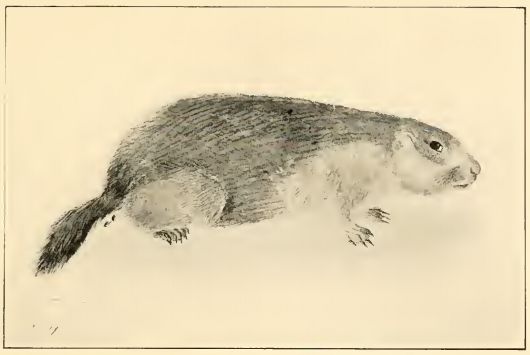 |
| Audubon - Drawing of a Marmot - 1805 |
As the summer of 1807 drew to a close, Audubon and Rozier
decided to invest money borrowed from Benjamin Bakewell on a variety of
merchandise, which was loaded onto Conestoga wagons and shipped West, with the
intention of starting a general store catering to the needs of the thousands of
emigrants heading into the rich Ohio valley country.
On August 31st,
the two young merchants boarded the stage-coach for Pittsburg, a journey of 300
miles that took between 7 to 10 days on a fast stage, and 20 to 35 days for
freight wagons. It was hard going, many passengers chose to dismount and walk
rather than suffer the joltings of the coach on the rocky roads, clouds of dust
were raised by the mixture of stage-coaches, Conestoga wagons and herds of
livestock on the rough trails, rattlesnakes were a constant danger, and the
wayside inns were hard, rough and ready shacks.
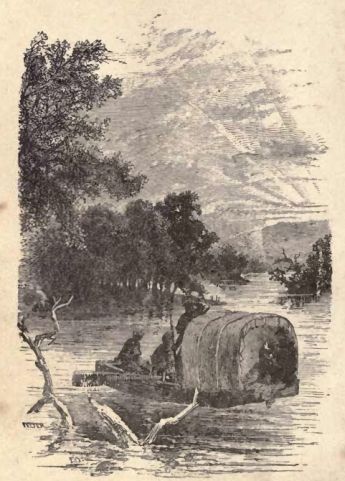 |
| Down the Ohio River by Flatboat |
The final part of the journey
was made from Pittsburgh to Louisville down the Ohio river, on a flatboat, and
Audubon and Rozier, Merchants, opened their store. They had initial success,
and returned a good profit, so much so that in April 1808, Audubon returned to
Fatland Ford and married Lucy Bakewell – he was 23, she was 3 years younger.
The newly-weds returned to Louisville, where the business continued to grow, as
did Audubon’s stock of natural history drawings.
The retail side of the
business was run by Rozier, who grew into the role, and Audubon made buying
trips back to the East, giving him ample opportunity to observe the wildlife as
he passed through the countryside, although he sometimes became so involved in
his drawings that he forgot his business responsibilities; on one occasion he
allowed the pack-horses carrying the stock and all of his money to wander off,
out of sight, while he was fascinated by the coloration of a small woodland
warbler.
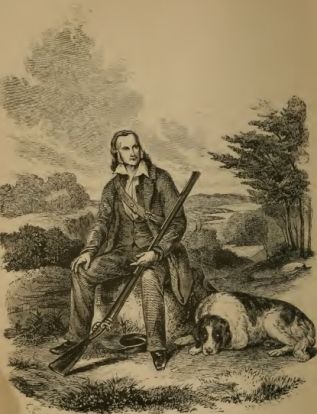 |
| J J Audubon the Frontiersman |
In 1810, a strange visitor appeared in the counting room of Audubon
and Rozier, Merchants, Louisville; a man who would, unwittingly, change the
course of Audubon’s life.
Tomorrow - The Scottish Visitor
No comments:
Post a Comment